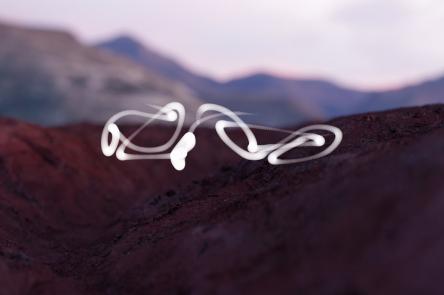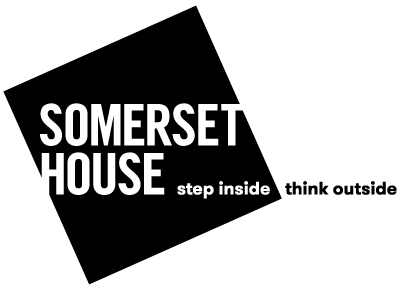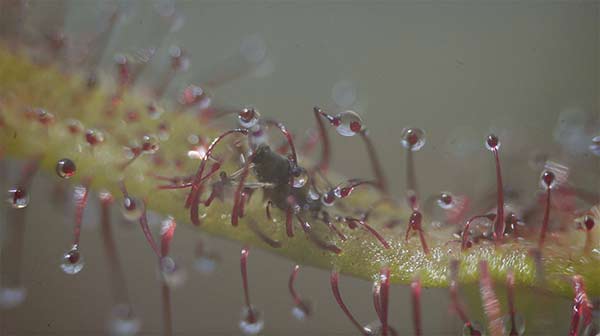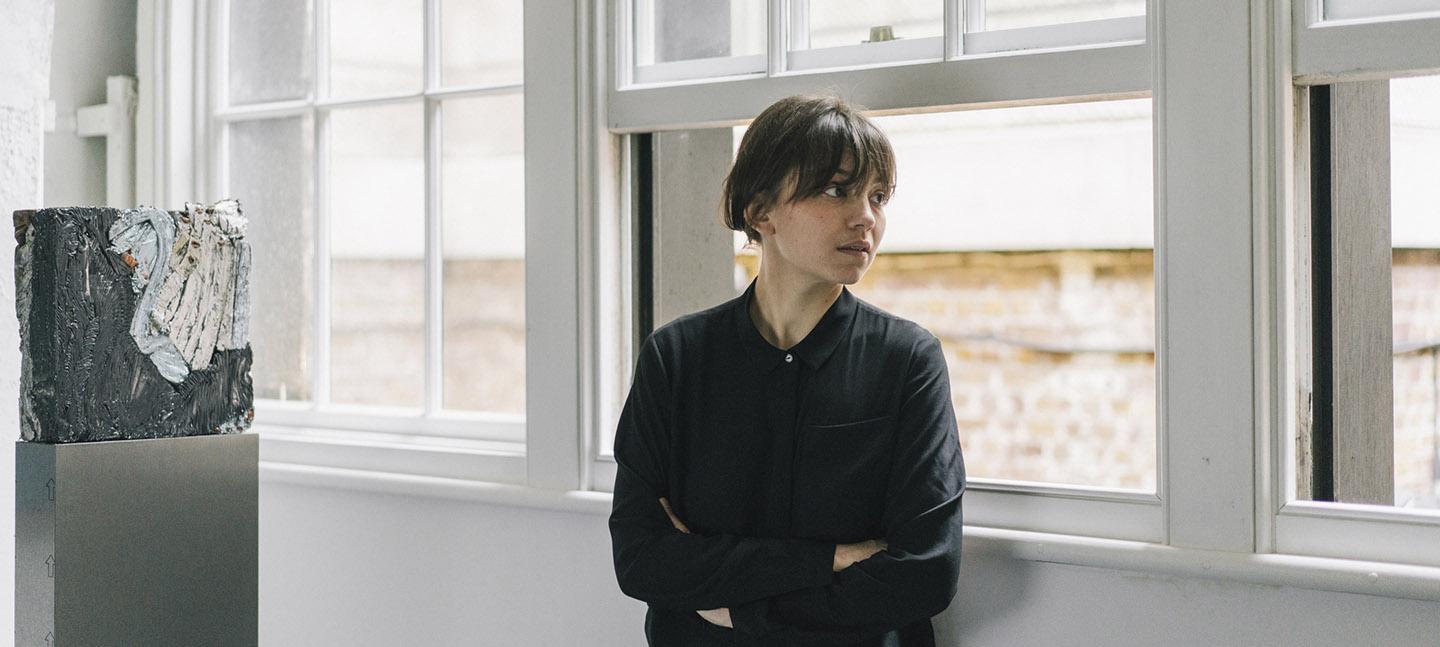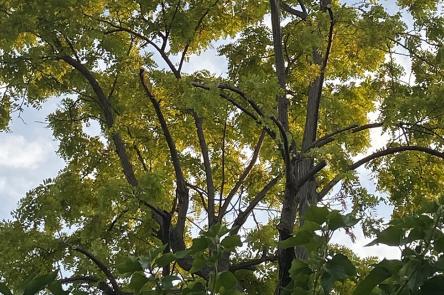Q&A with Eloise
Hi Eloise, please can you introduce yourself and give a brief description about your current role/career...
I am a sculptor and mixed media artist based at Somerset House Studios. While resident here, I’ve had a solo show, By the deep, by the mark (2018), which focused on the River Thames and London’s sewage system. It featured several medical objects, including devices known as imaging phantoms, that I re-contextualized in the gallery as a way of considering flow.
After securing an Arts Council grant last year, I produced several works for the 2019 Istanbul Biennial, exploring waste management sites. These sites are extraordinary spaces: hundreds of thousands of tonnes of waste runs through them every year where they are cleaned, sorted, and recycled. Visiting sites that process 'everyday' objects and materials, documenting the processes and technologies at work inside them, is at the heart of my practice.
What is the WORST moment of your career so far and how did you show resilience and bounce back?
A difficult moment in my career was, in another way, also one of the best. In 2015 I had my first solo show at the ICA. It was an awful lot to take on and, although I was well supported by the curator, I’d only been out of art school for three years, so had little experience of realising an exhibition on such a big platform.
The show revolved around an old cinema organ, the central piece being a machine called a colour-changer. I discovered very late in the day that the machine’s wiring was intricately connected to a set of asbestos boards, and so was unsuitable for public display. This meant that we had to replace the asbestos plates with non-toxic equivalents: an extremely fiddly job involving various people, and a last-minute source of stress that I hadn’t foreseen.
Although this experience was a difficult one, it underlined for me that one of the biggest challenges in artistic practice is about balancing ideas with the often-frustrating reality of materials and relationships. In fact, wrestling with the technical obduracy of a material, its particularities and the social relationships surrounding it, has since become the main subject of my work. I think, moreover, through incorporating practical and creative frustrations into my practice – putting them at its core – I have become more resilient as an artist.
What was the best piece of advice you were ever given?
It would be something simple, such as persistence!
3 KEYS TIPS FROM ELOISE
- Be curious
- Exchange ideas
- Engage with your audience
